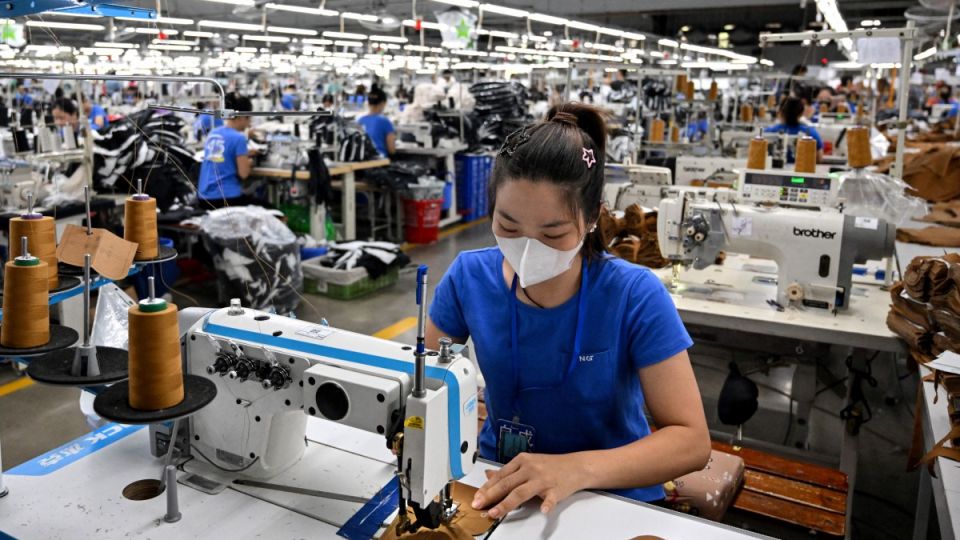October 24, 2025
BANGKOK – The World Bank has downgraded its growth forecast for the East Asia and Pacific (EAP) region to 4.3% in 2026, down from 4.8% this year, citing global economic headwinds, rising debt, and uncertainty in trade and fiscal policy.
In its October 2025 East Asia and Pacific Economic Update, the bank said that while regional growth remains above the global average, momentum is slowing due to weakening demand, tightening trade conditions, and persistent structural challenges.
China, the region’s largest economy, is expected to decelerate from 4.8% to 4.2%, driven by reduced fiscal stimulus and growing public debt. Thailand and Indonesia are projected to grow between 1.6% and 4.8%, below their economic potential.
The report highlights growing pressure from trade tensions as the United States imposes new tariffs on Chinese and East Asian goods, reducing exports in key industries such as textiles in Cambodia, Myanmar, and Laos. Meanwhile, Thailand, Malaysia, and Vietnam remain relatively resilient due to stronger electronics and semiconductor sectors.
The World Bank’s economic model suggests that US tariffs could cut export values in some product categories by 30–50%, while stricter rules of origin may raise costs and reduce global supply-chain flexibility.
Economic policy uncertainty has reached its highest level in 25 years, with many firms in the region delaying investment and hiring. A 1% slowdown in G7 economies could reduce developing Asia’s growth by 0.6%, while China’s slowdown could trim regional output by 0.3%.
Although global interest rates are easing, stronger regional currencies are eroding export competitiveness, and rising capital inflows risk overheating some markets.
Short-term fiscal stimulus may offer temporary relief but risks long-term stability. China’s public debt now exceeds 70% of GDP, while Indonesia’s budget remains tied to subsidies rather than infrastructure investment. In contrast, the Philippines and Vietnam, both advancing structural reforms, are expected to outperform the region.
The World Bank underscored that the creation of quality jobs is key to sustainable growth. Despite high employment overall, one in seven young workers in China and Indonesia remains jobless, while female labour participation lags men by 15 percentage points.
The report calls for three strategic policy actions:
- Strengthen human capital through education, skills, and health development.
- Expand economic opportunities by investing in transport, energy, and digital infrastructure.
- Integrate human development and growth policies to ensure long-term resilience.
Technological change, particularly robotics and artificial intelligence (AI), is reshaping labour markets. In Vietnam, each additional robot per 1,000 workers raises average wages by 2–4% and employment by 6–9%, though 1.4 million low-skilled workers risk displacement. The bank urges rapid adaptation to prevent exclusion in the region’s technology-driven economy.


